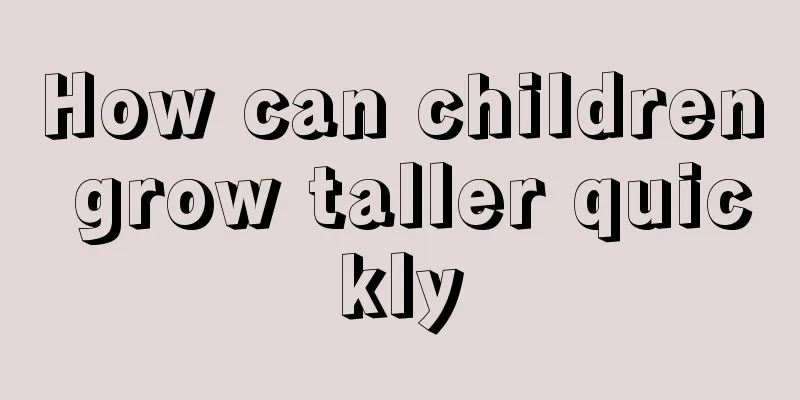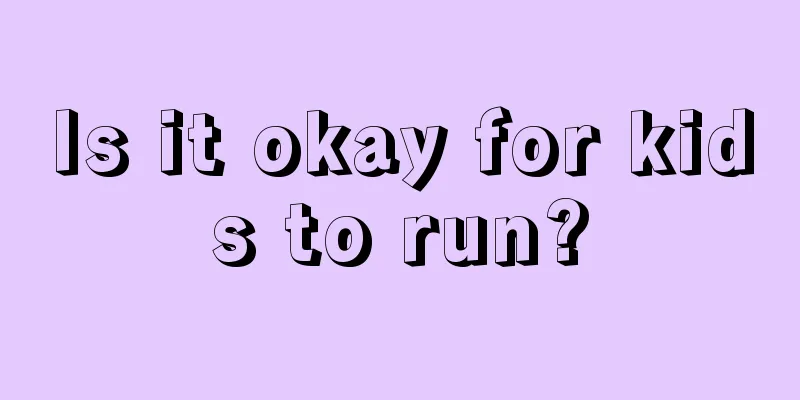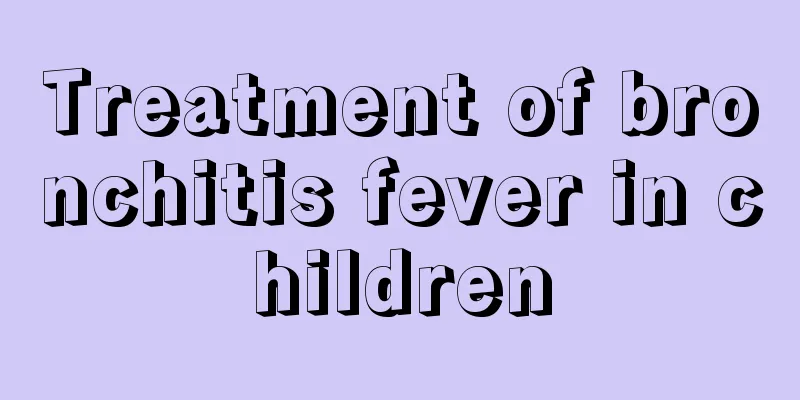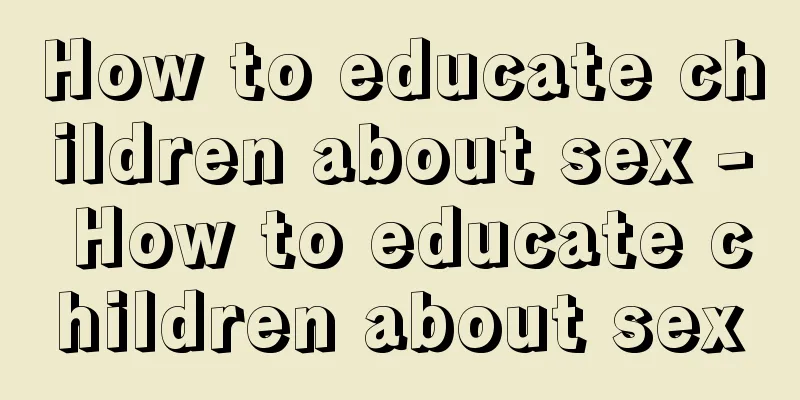What should I do if my baby has bronchitis and fever?
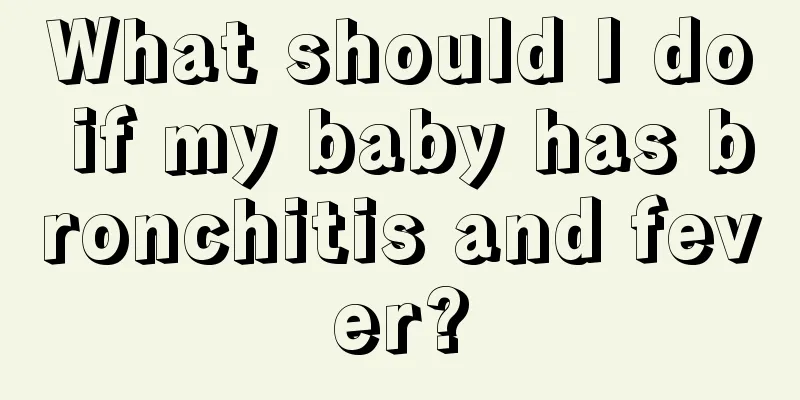
|
The baby is still young and is often attacked by diseases due to poor immunity, especially bronchial diseases are more common. When encountering such a situation, family members still need to take measures to deal with the baby as soon as possible and seek medical treatment when necessary. In fact, many protective measures are also very important. So what should we do if the baby has bronchitis and fever? Let's take a look at it together. 1. Keep warm: Temperature changes, especially cold stimulation can reduce the local resistance of the bronchial mucosa and aggravate bronchitis. Therefore, parents should add or remove clothes for their children in time as the temperature changes, especially cover the children with quilts when sleeping to keep the body temperature above 36.5℃. 2. Feed more water: Children with bronchitis will have varying degrees of fever, and water evaporation is large, so you should pay attention to feeding the children more water. It can be supplemented with sugar water or sugar and salt water, or with rice soup or egg soup. The diet is mainly semi-liquid to increase the water content in the body and meet the body's needs. 3. Adequate nutrition: When children suffer from bronchitis, they consume a lot of nutrients. In addition, fever and bacterial toxins affect gastrointestinal function and cause poor digestion and absorption. Therefore, nutritional deficiencies in the children's bodies cannot be ignored. In this regard, parents should adopt the method of small meals and frequent meals for their children, and provide them with light, nutritious, balanced and easily digestible semi-liquid or liquid diets, such as porridge, cooked noodles, egg custard, fresh vegetables, fruit juice, etc. 4. Turn over and pat the back: When the child coughs and expectorates, it indicates that the secretions in the bronchial tubes have increased. In order to promote the smooth discharge of secretions, nebulizer inhalation can be used to help expectorate, 2-3 times a day, each time for 5-20 minutes. If it is an infant, in addition to patting the back, you should also help the child turn over once every 1-2 hours, so that the child remains in a semi-recumbent position to facilitate the discharge of phlegm. 5. Reduce fever: Children with bronchitis usually have a low-to-moderate fever. If the body temperature is below 38.5℃, there is generally no need to give antipyretics. The treatment should focus on the cause of the disease to solve the problem fundamentally. If the body temperature is high, older children can be cooled physically, such as by applying a cold towel to the head or bathing with warm water. However, this method is not suitable for young children, and medication should be used to reduce the temperature if necessary. From the introduction above, everyone will naturally know what to do if the baby has bronchitis and fever. Family members are still very concerned about the health of their children. Once something goes wrong or they get sick, they are very worried. In order to avoid various diseases, they still need to take good care of their children in daily life. |
<<: How to deal with a baby's fever after vaccination
>>: Is it normal for a baby to not poop for a day?
Recommend
How to cure molluscum in children
Children are one of the main victims of molluscum...
What are the reasons why children are often angry?
Many parents face this problem: their children lo...
Preventing milk spray from baby's nose
Every family is looking forward to the arrival of...
How to care for rough skin on baby's face
In life, you will find that some children's s...
Height and weight development standards for seven-year-old children
Children's height development is an issue tha...
My child's dislocated arm still hurts after being relocated
My child's dislocated arm still hurts after b...
Common psychological problems and counseling for high school students
High school is the golden period in people's ...
Measuring the temperature of newborn babies
Every baby needs careful care and attention after...
Why do babies cry during the day?
Some babies have serious problems, so they need t...
Is it a disease if my one-year-old baby has astigmatism?
One-year-old baby has astigmatism? I believe many...
How many days does a baby's viral fever last?
When a baby has a fever, we usually have to find ...
What should I do if my child’s throat is always hoarse?
If a child's throat always has a hoarse sound...
Can a one-year-old child eat yogurt?
Babies usually drink breast milk and formula milk...
How much milk is appropriate for babies
How much milk is appropriate for babies to drink?...
One month old baby vomiting
In life, whether it is bottle feeding or breastfe...
